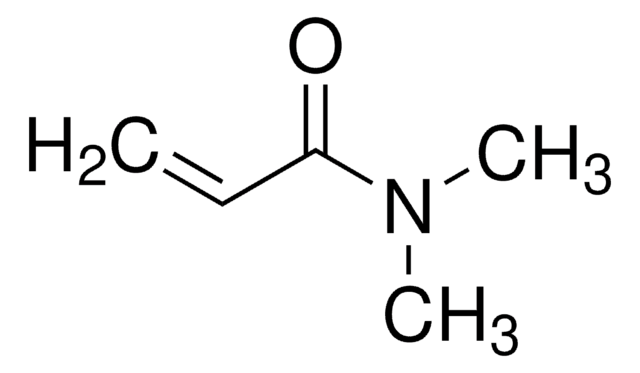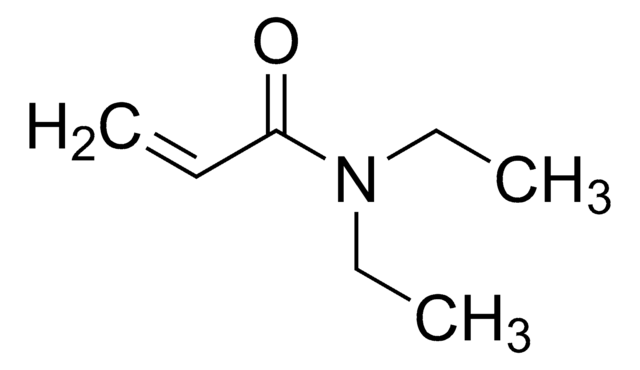295116
Carbon monoxide
≥99.0%
Synonyme(s) :
Carbon oxide (CO)
About This Item
Produits recommandés
Densité de vapeur
0.97 (vs air)
Pureté
≥99.0%
Température d'inflammation spontanée
1128 °F
Limite d'explosivité
74 %
Point d'ébullition
−191.5 °C (lit.)
Pf
−205 °C (lit.)
Chaîne SMILES
[C-]#[O+]
InChI
1S/CO/c1-2
Clé InChI
UGFAIRIUMAVXCW-UHFFFAOYSA-N
Vous recherchez des produits similaires ? Visite Guide de comparaison des produits
Description générale
Application
- Transition-metal-catalyzed carbonylation reactions.
- Insertion of carbon monoxide in metal-carbon bonds during copolymerization reactions.
- To grow single-wall carbon nanotubes (SWNT) via disproportionation reaction catalyzed by molybdenum particles.
Catalytic hydrogenation of carbon monoxide over transition metals catalysts to form hydrocarbons has been reported.
Conditionnement
Compatible with the following:
- Aldrich® lecture-bottle station systems
- Aldrich® lecture-bottle gas regulators
Autres remarques
Informations légales
En option
Raccord cannelé
Régulateur
Souvent commandé avec ce produit
Vanne de purge
Vanne de régulation
Mention d'avertissement
Danger
Mentions de danger
Conseils de prudence
Classification des risques
Acute Tox. 3 Inhalation - Flam. Gas 1A - Press. Gas Compr. Gas - Repr. 1A - STOT RE 1 Inhalation
Organes cibles
Heart
Code de la classe de stockage
2A - Gases
Classe de danger pour l'eau (WGK)
WGK 1
Point d'éclair (°F)
Not applicable
Point d'éclair (°C)
Not applicable
Équipement de protection individuelle
Eyeshields, Faceshields, Gloves, multi-purpose combination respirator cartridge (US)
Certificats d'analyse (COA)
Recherchez un Certificats d'analyse (COA) en saisissant le numéro de lot du produit. Les numéros de lot figurent sur l'étiquette du produit après les mots "Lot" ou "Batch".
Déjà en possession de ce produit ?
Retrouvez la documentation relative aux produits que vous avez récemment achetés dans la Bibliothèque de documents.
Articles
Separation of Methane; Acetylene; Carbon monoxide; Water; Nitrogen; Carbon dioxide; Ethane; Ethylene
Solvias MeOBIPHEP Ligands: State-of-the-art atropisomeric MeOBIPHEP ligands, also referred to as MeO-BIPHEP, originally developed by Roche, have an extraordinarily broad performance profile for many synthetic applications due to their modular ligand design.
Protocoles
Separation of Oxygen; Acetylene; Carbon dioxide; Nitrogen; Ethylene; Ethane; Carbon monoxide; Methane
Separation of Hydrogen; Oxygen; Nitrogen; Carbon monoxide; Methane; Carbon dioxide; Acetylene; Ethylene; Ethane
Notre équipe de scientifiques dispose d'une expérience dans tous les secteurs de la recherche, notamment en sciences de la vie, science des matériaux, synthèse chimique, chromatographie, analyse et dans de nombreux autres domaines..
Contacter notre Service technique












